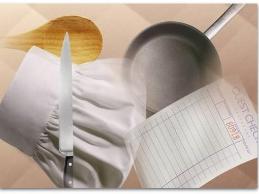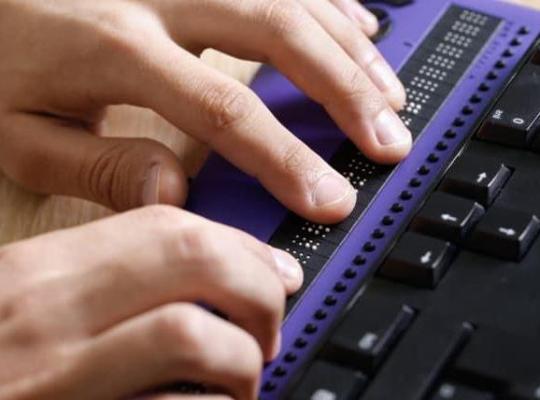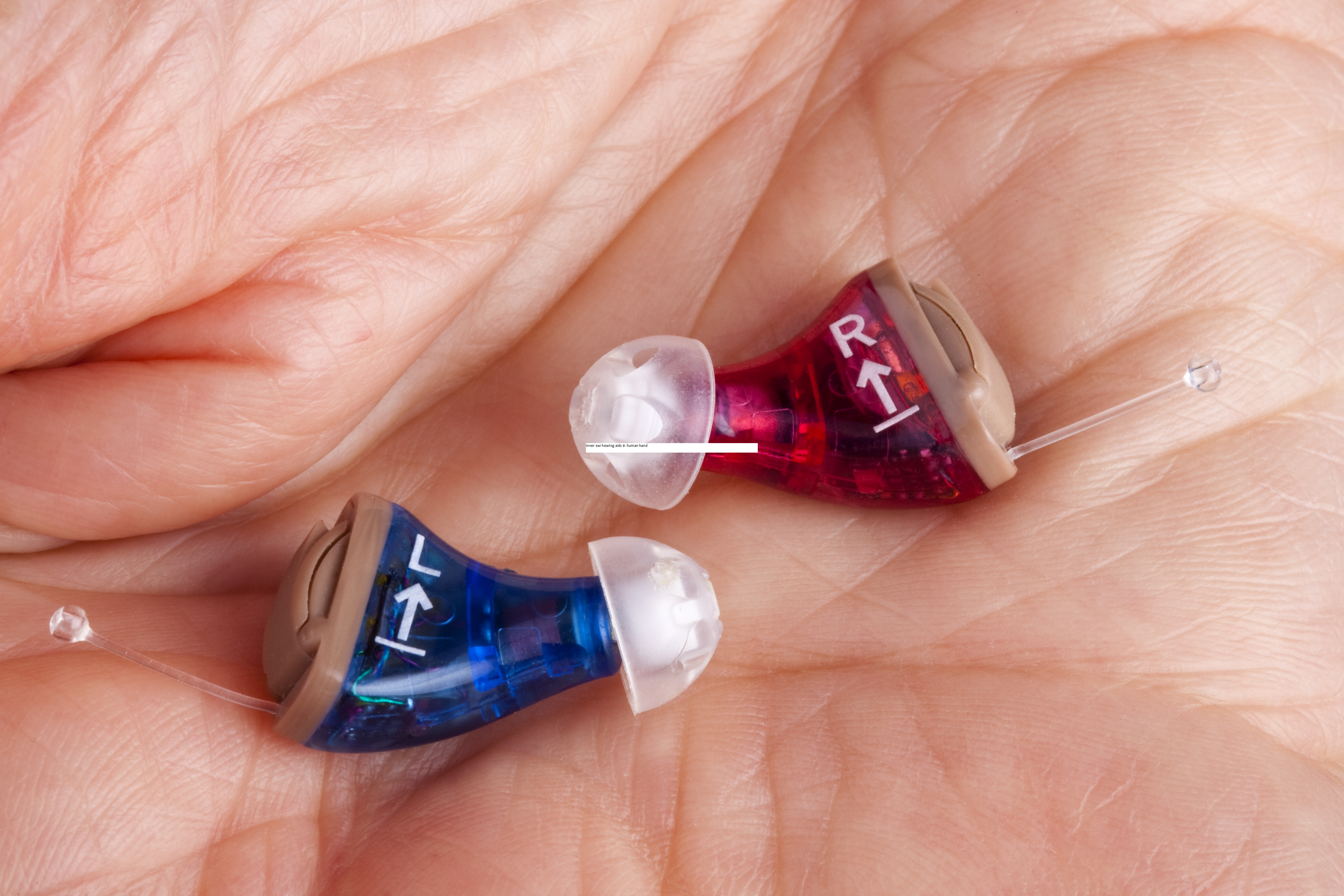Cooking and eating together are powerful ways of building relationships and creating a sense of community at work. Whether you are seeking to include an employee in cooking activities, or accommodating a food service employee with a vision impairment, there are many ways to make a kitchen more accessible to employees with vision impairments.
Some typical suggestions for accommodating cooks with low vision include the following:
- Use measuring tools with large print, color coding or tactile marking, or modify existing measuring cups and spoons with customized markings.
- Use knife guards or specialized tools such as vegetable peelers for cutting and peeling.
- Use guards, cut proof gloves and other Personal Protective Equipment (PPE) as needed when handling or cleaning sharp objects.
- Use measuring tools and cutting boards that contrast with the substance being measured or cut.
- Use an ice cream scoop to measure cookie dough and place on a baking sheet.
- Use parchment paper when baking to prevent sticking and simplify cleaning.
- Use color coded prep bowls to keep track of ingredients that have been measured out.
- Use liquid level indicators when pouring hot liquids.
- Use talking thermometers and timers.
- Use oven mitts when handling pots and pans.
- Use extra-long oven mitts, oven rack grabbers, and oven rack guards for oven tasks.
- Use magnifiers, bar code readers, or Optical Character Reading (OCR) technology to access information on labels.
- Avoid placing pots, pans, and bowls directly on slippery or slick surfaces.
- Use pot stabilizers for safer pouring and ladling.
- Use boil control discs to prevent boil overs.
- Make a plan for how to effectively clean and sanitize cooking area, dishes and utensils.
- Use a talking calculator when modifying, halving, or multiplying a recipe.
- Consider induction cooktops for increased safety when practical.
- Modify lighting according to need. Some individuals need more lighting or task lighting, other may need lower light levels, filtering of light sources, or an alternate type of light source.
- Use dial type controls, which may be easier to modify/memorize.
- Use tactile marking or color coding to mark important buttons.
- Try magnification or hand held OCR to better access digital displays.
- Use a talking oven thermometer to verify oven temperature.
- Digitize inventory and temperature logs as needed for improved accessibility.
- Use fluorescent tape to mark routes of travel and tips of stairs.
- Seek customized recommendations and individualized assistive technology (AT), occupational therapy (OT), or vision rehabilitation therapy (VRT) assessments when appropriate.
Visit the JAN Website for more information on low vison cooking aids.
The National Federation of the Blind offers information on modified tools and methods for safe cooking for individuals with low or no vision.
Many tools that may be useful to a cook, chef, or baker with low vision can be found at vendors of standard and commercial kitchen supplies. There are however some vendors with specialized products for individuals with low vision that include kitchen aids. Examples of these types of low vision aids for cooking tasks can be found here.
You can link here to information on talking thermometers.
JAN’s Website includes information on talking bar code scanners and talking scales.
If you would like to discuss specific accommodation situations in more detail, we invite you to contact JAN directly.










